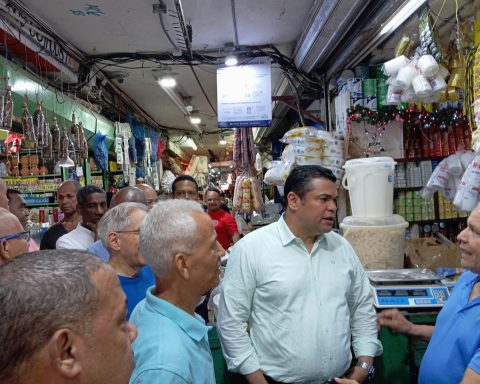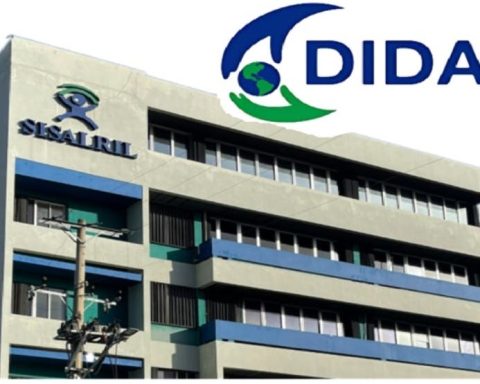Our progress is already recognized in economic diversification, which allows the country to be less dependent on specific sectors and resilient.
The first thing an investor looks at when deciding whether or not to invest in a nation is its institutions and country risk.
And credit rating agencies make things easier for you by putting the credit rating of each country in your hands.
The best rating, as it is the most beneficial for the investor, is the investment grade, which facilitates the country that owns it access to credits with better interest rate conditions and a longer term.
Among the Latin American and Caribbean countries that had achieved investment grade were Chile, Colombia, Mexico, Peru, Uruguay and Panama, although it should be clarified in the case of the latter, on March 28, 2024 the risk rating agency Fitch Ratings announced the downgrade of its sovereign debt rating from the investment grade category to speculative territory, arguing fiscal and governance problems, aggravated by the closure of the largest copper mine in the country.
While Panama was taking a hit, at the end of July, Paraguay, which was recently among the countries with the worst rating, sharing a bank with countries like Venezuela, surprised the region and the world when it received an investment grade rating.
As the Dominican Republic has the goal of achieving investment grade, for which it has already accumulated points, it must look in the mirror of Paraguay and Panama to learn from the lessons that can help us continue to advance with firm steps towards obtaining investment grade.
In the case of Paraguay, the jump in its credit rating has been based on fiscal sustainability (with robust revenues and responsible fiscal policies), institutional strength and economic diversification.
According to Fitch, Panama’s decline was due to fiscal and governance problems, aggravated by the closure of the country’s largest copper mine.
If we draw the best lessons from what has happened in both countries, they should lead us to the conclusion that, on the fiscal level, we have made progress in terms of institutionality.
Two important achievements to show are the Law No. 5-07, of January 2007, which establishes the Financial Management Information System (SIGEF) as an instrument facilitating the fulfillment of the purposes of the Integrated State Financial Administration System, and the Fiscal Responsibility Law, whose objective is to give certainty and predictability to the trajectory of the debt coefficient, establishing a goal of having a General Government debt of no more than 40% of GDP by 2035. But a tax reform is still pending to overcome fiscal precariousness.
Another area in which our progress is already recognized is economic diversification, which allows us to be less dependent on specific sectors and better deal with external shocks. We are also considered a benchmark in terms of a favorable investment climate, both in terms of legal security and political stability.
But these are tasks that we should not consider finished. There is always something to do in these fields.


















